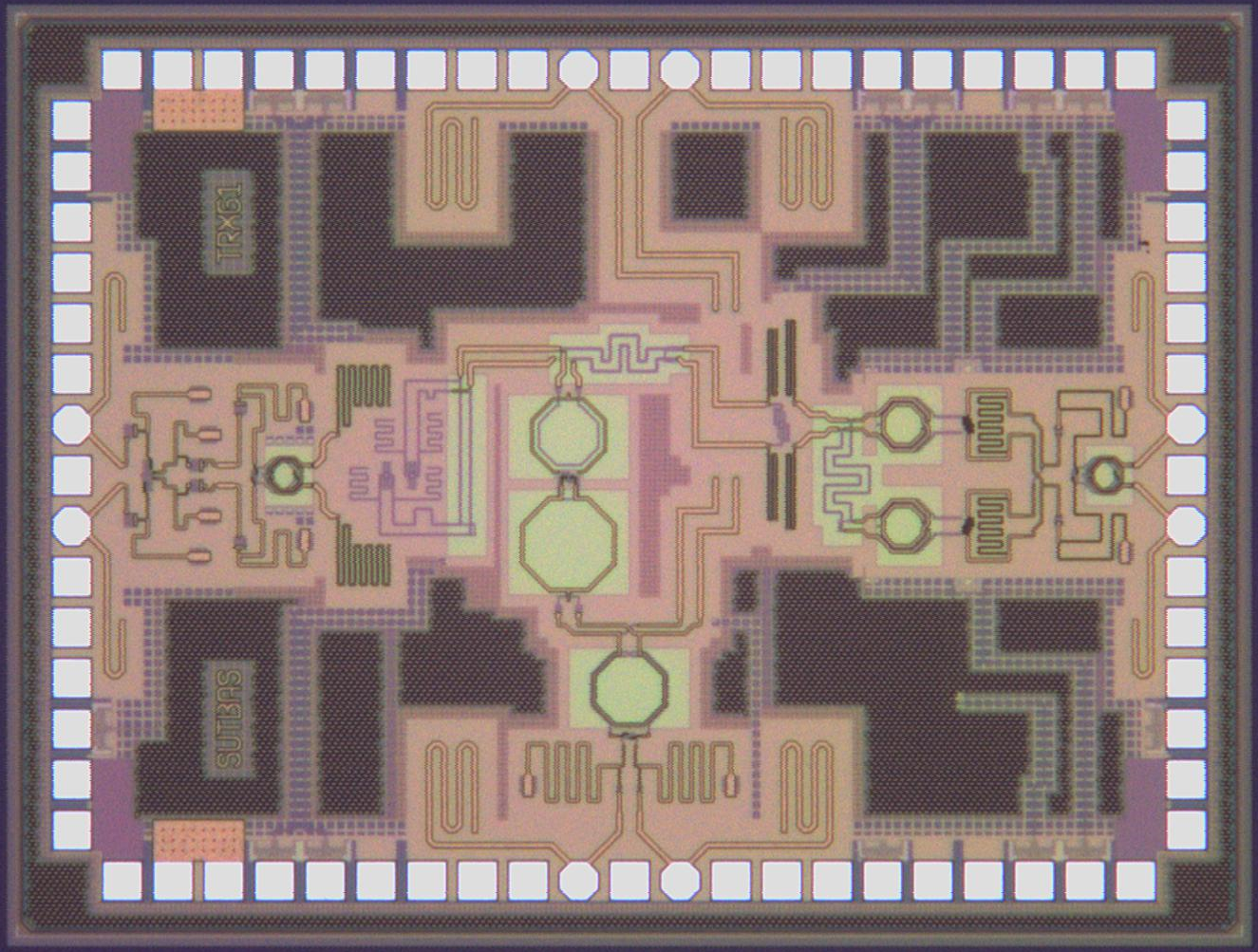Federal Ministry of Research supports regional structural change in the Lausitz coal region through innovative technologies with 20 million euros
Frankfurt (Oder). The energy transition is a major challenge, especially for regions whose economic strength is closely linked to coal production. Up to 25,000 industrial jobs in the Lausitz region depend directly and indirectly on brown coal. To ensure that structural change succeeds, future prospects are needed. This is where the "Innovation Campus Electronics and Microsensorics (iCampµs Cottbus)" comes in. Through research and development on microsensors and digitization, five non-university research institutions and the Brandenburg University of Technology Cottbus-Senftenberg (BTU) are creating a broad technical spectrum, especially for small and medium-sized enterprises (SMEs) and thus a perspective for skilled workers and the economic power in the region. The focus of the developments is on Smart Health, Environmental Sensor Technology 4.0 and Industry 4.0.
The German Federal Ministry of Education and Research (BMBF) is funding the second phase of the "Innovation Campus Electronics and Microsensors (iCampµs Cottbus)" project with 20 million euros from 2022 to 2026. In the first phase from 2019 to 2021, the BMBF supported the five consortium partners with 7.5 million euros from the emergency program for implementing the recommendations of the "Growth, Structural Change and Employment" Commission. In the second phase, research results from the first phase will be further developed for commercial exploitation. A virtual kick-off event will be held on February 10 to mark the ceremonial start of the second phase.
"We started as iCampµs Cottbus to build bridges to the regional economy with our research and development. In the meantime, we have found suitable SMEs in the Lausitz region for our projects. I am pleased that we are now starting this second phase with eleven companies - we even had 44 letters of intent. This is a great success for us and at the same time an incentive to live this transfer", explains project leader Prof. Dr. Harald Schenk from the Fraunhofer Institute for Photonic Microsystems IPMS. Other project partners are the BTU Cottbus-Senftenberg, the Fraunhofer Institute for Reliability and Microintegration IZM, the Ferdinand-Braun-Institut gGmbH (FBH), the Leibniz Institute for Innovative Microelectronics (IHP) and the Thiem-Research GmbH.
Joint development - non-contact medical radar
The medical radar developed in Cottbus is an illustrative example of the joint collaboration. The 10cm x 10cm radar is capable of detecting not only the respiratory function of test subjects but also other vital parameters such as the heartbeat. The biggest advantage is that this all works contact-free. This opens up many possible applications for monitoring patients in both stationary and mobile medical care environments.
In the meantime, this work package is led by the Thiem-Research GmbH (TRS), the subsidiary of the Cottbus Carl Thiem Hospital, which is to be further developed into the "Innovations Center for University Medicine Cottbus" in the course of the structural change. The radar has a modular structure: the antenna used is designed and developed by IZM, the signal analysis takes place at BTU, the chip used is supplied by IHP and the linear receiver is provided by FBH. Each partner thus contributes to the success of the overall system. The TRS ensures with the clinical integration and the ethics vote that electronics can also become a real medical product.
"By continuing the iCampµs project, we can extend the application scenarios and further improve the ultra-low-power radar transceiver chip within the second part of the project," says IHP scientist Batuhan Sütbas. Hence, the improved second version of the chip developed and manufactured at IHP consumes six times less power than its predecessor and thus enables mobile use. "The continuous and interdisciplinary collaboration with the project partners enables us to create innovative solutions for the important field of medicine."
Project background
In its final report, the Commission on "Growth, Structural Change and Employment" of the previous German government emphasized the extraordinarily high importance of innovative strength for the economic and, indirectly, social development of a region. Particular importance is attached to "cooperation between industry and science with universities as well as with university and non-university research institutions". Funds invested in such cooperation generate necessary innovations and have a significant impact on increasing the gross domestic product.
Funding for the project "iCampµs Cottbus" is provided under the German government's 2021-2024 framework program "Microelectronics. Trustworthy and Sustainable. For Germany and Europe." with funds from the Coal Regions Structural Strengthening Act.
The project "Innovation Campus Electronics and Microsensorics Cottbus" aims to accelerate the transfer of knowledge and findings to industry. At the BTU Cottbus-Senftenberg, a regional focal point with national appeal is to be created in the field of application-oriented electronics and microsensorics. Demonstrators or prototypes for SMEs can be developed, ranging from the creation of individual solutions to small-series production capable of handling large numbers of units. Due to the broad competences of the six partners, technical solutions from the fields of optics and photonics, ultrahigh frequency technology, MEMS technology and application-oriented AI evaluation can be offered.




